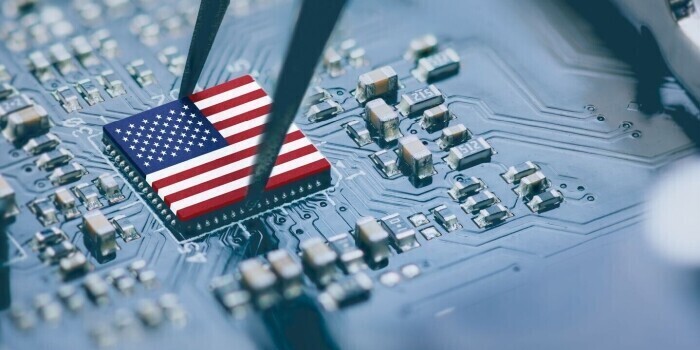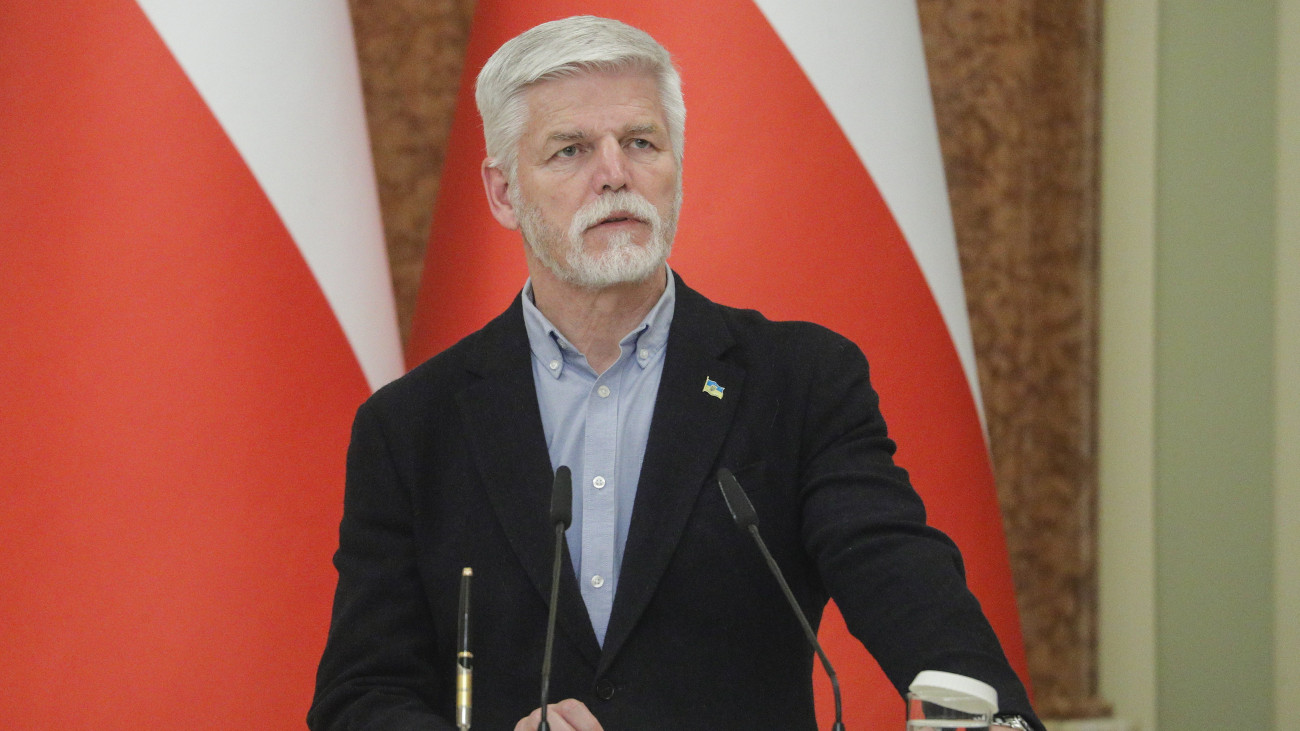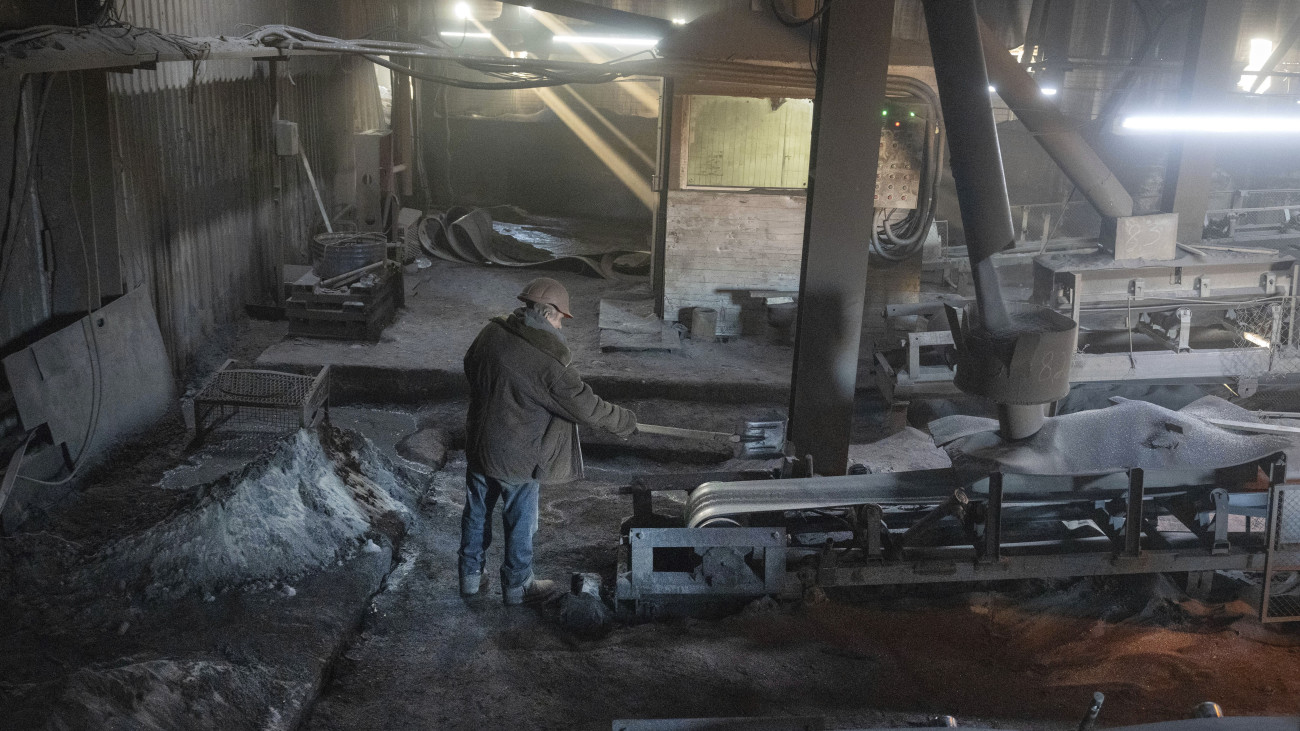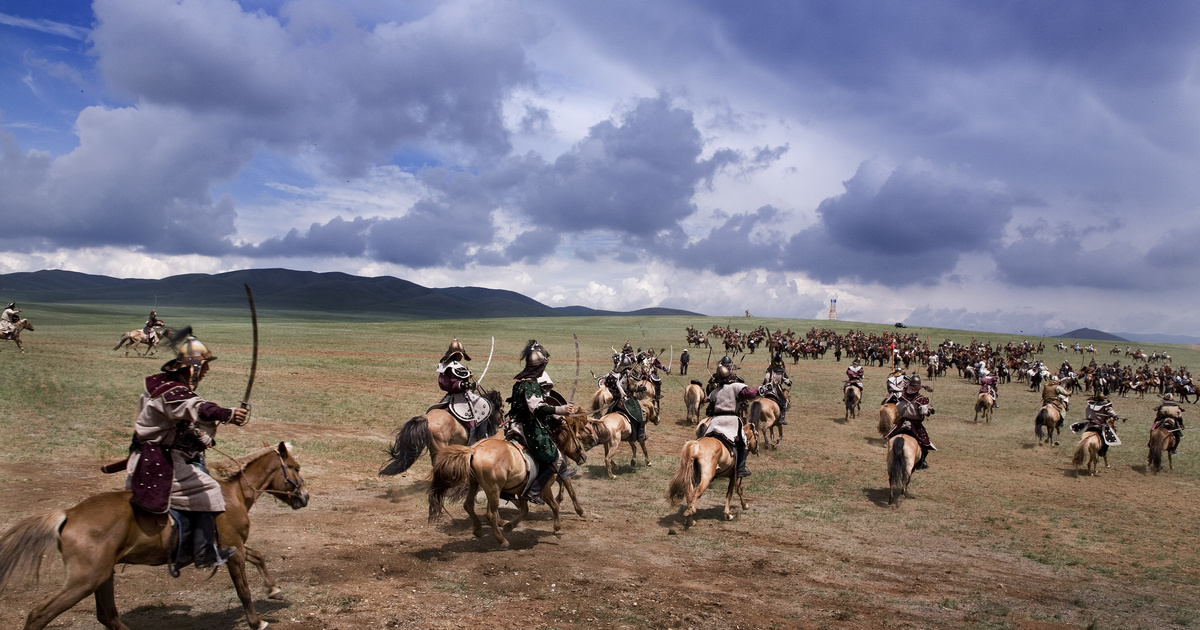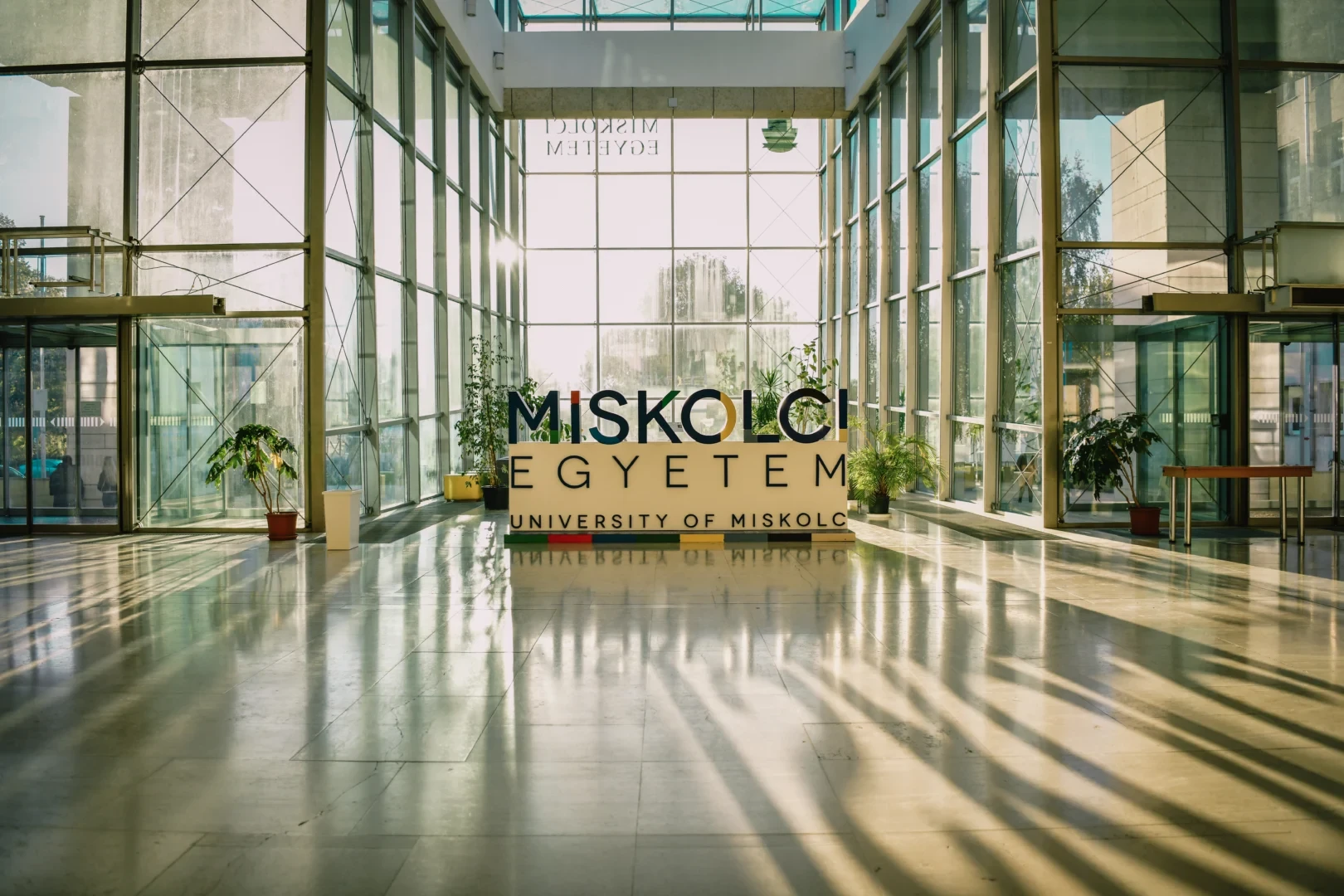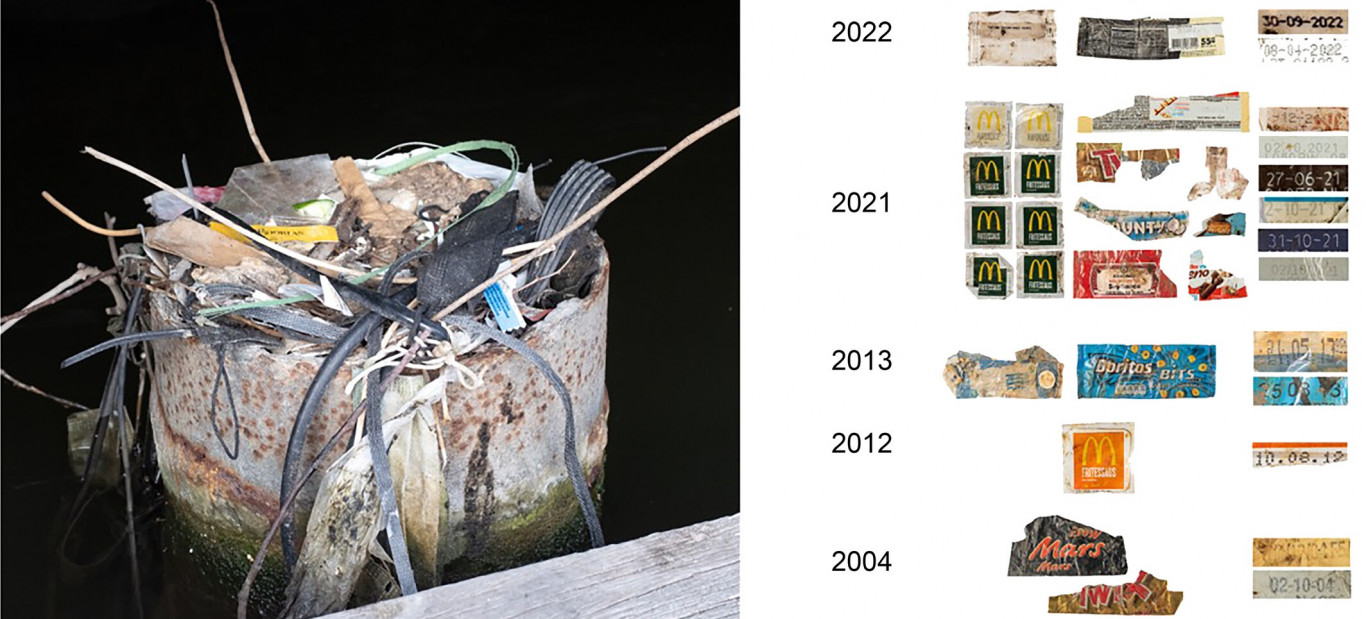Stunning images of Io's surface were captured by NASA's Juno probe, which approached the Moon in December 2023 and February 2024. Due to the influence of Jupiter's gravity, Io's surface has been the most volcanically active area in the solar system for billions of years, and specialists have practically seen active volcanoes on it, As he reported space.com.
Juno, traveling at an altitude of 1,500 kilometers, identified a lava lake. Loki Patera is 200 kilometers in diameter, slightly larger than Lake Titicaca in Peru. It is named after Loki, the evil god of Norse mythology. In 1979, the Voyager 1 probe detected infrared radiation indicating sulfur volcanic activity in its vicinity.
The researchers found that Io's surface is as smooth as the moons, because despite or because of the constant boiling, it is covered in certain places with the mirror-smooth volcanic glass known to us as obsidian. He also found that Io's corners are cooler than its equatorial regions.
The four largest moons of Jupiter were discovered by Galileo Galilei in 1610 – they are Europa, Ganymede, Callisto and Io.
NASA's probe was launched from Earth in August 2011 and has been orbiting Jupiter since July 2016. Its main mission is to research the composition of Jupiter's atmosphere, gravity and magnetic field, but it also occasionally makes close approaches to the moons of the gas giant planets. A 6-gram aluminum plaque commemorating Galileo's scientific work and three Lego minifigures representing Galileo, the Roman god Jupiter and the goddess Juno are placed on board.
Juno's investigations have yielded astonishing results about Jupiter. It was found that the concentration of atmospheric water in the equatorial regions of the gas giant (the planet has no discernible surface) is several times the solar system average. This is interesting because the Galileo probe, Juno's predecessor, found much smaller amounts of water in 1995, which is now known because it was studying a very dry area.
Jupiter is the oldest planet in our solar system, and it is assumed that materials heavier than helium involved in its formation may contain significant amounts of ice, but Juno data worryingly suggest that there is very little water in the planet's core. .
The spacecraft is expected to collide with Jupiter at the end of its work, but so far there appears to be no technical obstacle preventing its mission from being extended for a second time in September 2025.


